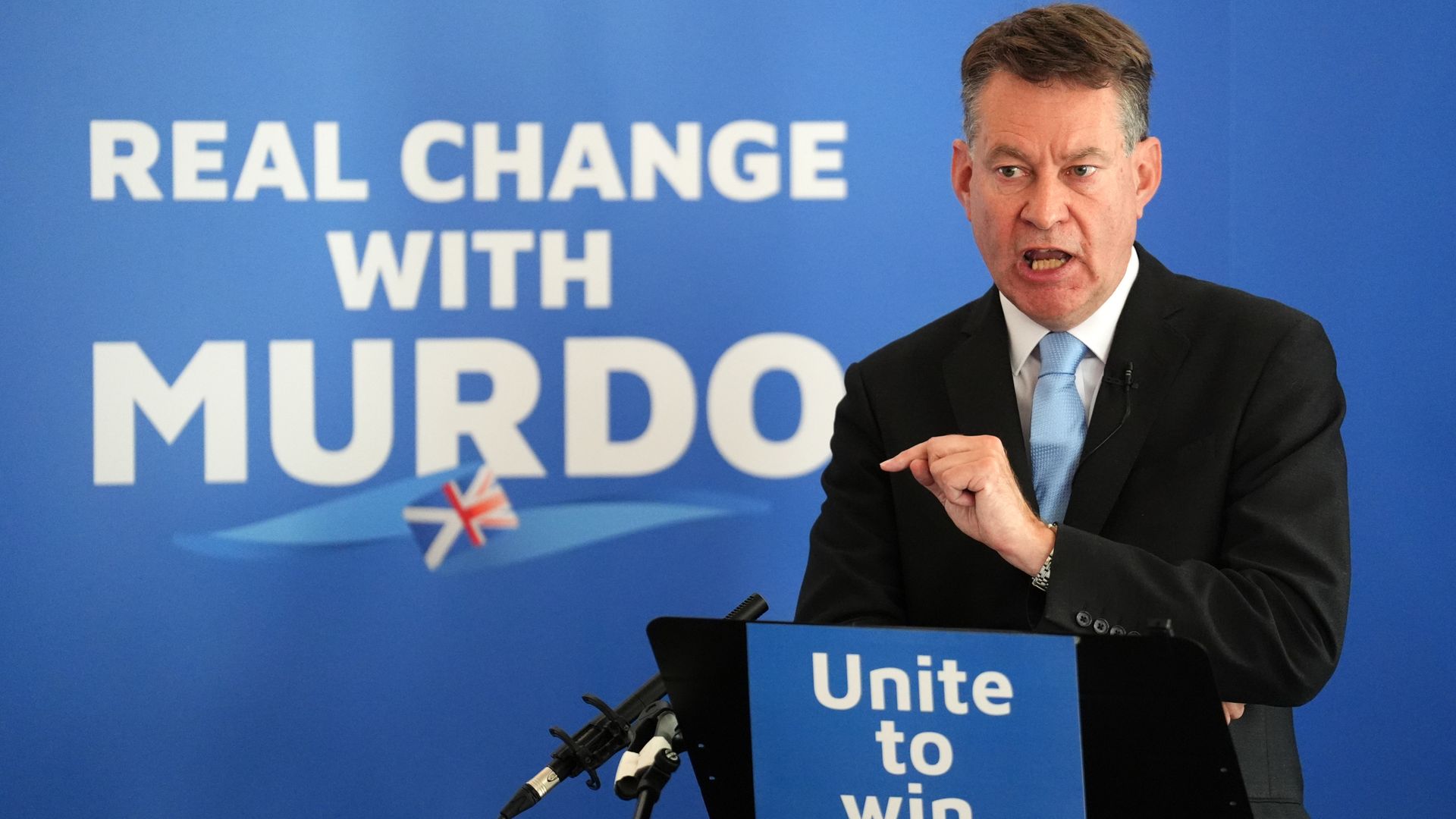The pound has hit its highest level against the US dollar since March 2022 after the chair of the Federal Reserve declared that “the time has come” for an interest rate cut.
Jay Powell’s remarks to the US central bank’s annual economic conference at Jackson Hole, Wyoming, did not specify when rate cuts would begin or how large they might be.
But financial markets and economists widely expect a quarter-point reduction in the Fed’s benchmark rate – the first since its hiking cycle began in 2022 – when its rate-setting committee next meets in mid-September.
Money latest: Warning £2,500 will be added to stamp duty ‘overnight’ in March
“The time has come for policy to adjust,” Mr Powell said.
“The direction of travel is clear, and the timing and pace of rate cuts will depend on incoming data, the evolving outlook, and the balance of risks.”
Should predictions prove accurate, the Fed will follow the European Central Bank and Bank of England in starting to adjust policy after sharp rises in interest rates to combat inflation.
Energy price cap to rise in October amid backlash over loss of some winter fuel payments
Superyacht sinks latest: Family of Mike Lynch and his daughter Hannah release statement – after divers recover body of final missing person
Money blog: Warning £2,500 will be added to stamp duty ‘overnight’ in March
The seeds of price growth were sown when economies began to gradually reopen following the COVID pandemic but the pace rose substantially in the wake of Russia’s invasion of Ukraine, taking inflation to a 40-year high.
Inflation across Western economies has proved more stubborn to shake than many expected – with central banks anxious to avoid so-called secondary effects such as prices being stoked further by high wage increases.
Mr Powell said that the US jobs market was “no longer overheated”.
The purpose of interest rate increases is to choke demand – helping price growth ease as a consequence.
Higher interest rates are generally supportive of a domestic currency.
A lack of guidance on how many cuts were likely across the rest of the year bolstered market predictions that several were on the cards before the end of 2024.
Please use Chrome browser for a more accessible video player
That pushed the US currency sharply down against a basket of international rivals.
The pound stood above $1.32 – more than a cent up on the day. It had stood at $1.30 earlier this week.
The gains are good for UK holidaymakers heading across the Atlantic as their pounds will go further if reflected in rates at the currency exchange.
Even the cost of servicing UK government debt dropped, with the yield on 10 year bonds down five basis points to 3.9%.
Stock markets put on some gains across Europe and in the US.
The FTSE 100 was 0.5% higher – building on earlier gains that were put down to expectations of Mr Powell’s remarks.
In New York the S&P 500 was more than 1% higher.
Read more from Sky News:
Energy price cap to rise from October amid winter fuel payment row
Consumers more optimistic about finances but not economy
The gains prompted warnings of caution in some quarters.
George Lagarias, chief economist at Forvis Mazars, said: “The immediate market reaction seems again to be one of unjustified exuberance.
“Despite the Fed’s lack of clarity regarding the pace of rate cuts, bond markets continue to price in four cuts this year.
“We believe investors should pace themselves in the next few months… for the Fed certainly will.”











